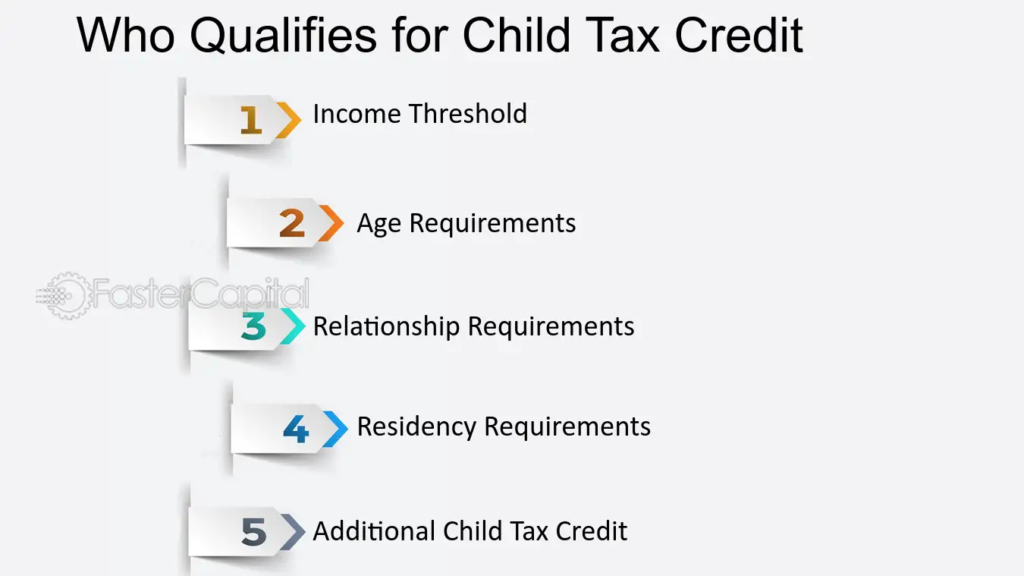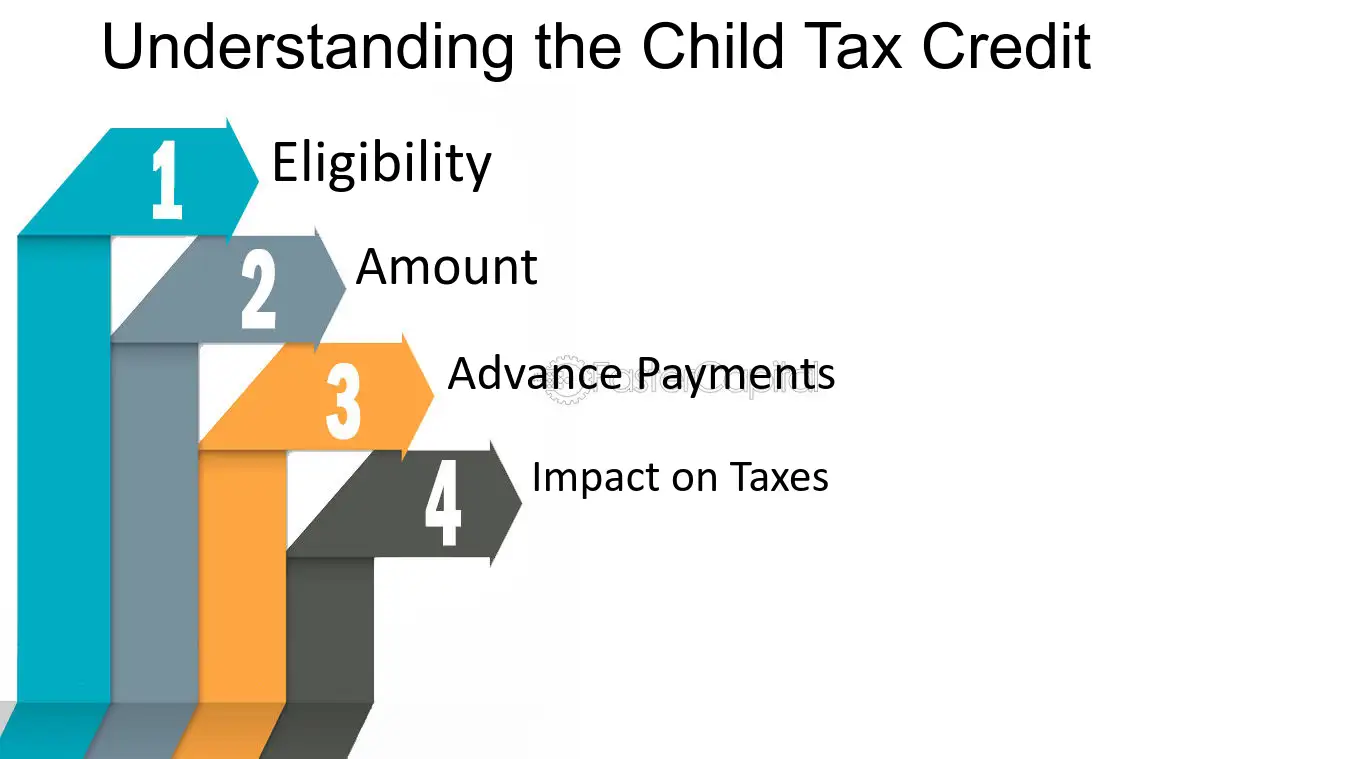The Child Tax Credit (CTC) is a crucial tax benefit for families in the U.S., designed to help ease the financial burden of raising children. It provides a significant reduction in tax liability and, in some cases, offers refundable benefits. Understanding how the CTC works and whether you qualify can help maximize your tax savings.
What Is the Child Tax Credit?
The Child Tax Credit is a federal tax benefit that provides financial assistance to parents or guardians of dependent children. It reduces the amount of income tax owed and may even result in a refund. The credit has undergone changes over the years, with recent adjustments to the eligibility criteria and payment structure.
Eligibility Requirements for the Child Tax Credit
To qualify for the CTC, families must meet certain criteria:
- Age Requirement: The child must be under 17 years old at the end of the tax year.
- Relationship Requirement: The child must be the taxpayer’s son, daughter, stepchild, foster child, sibling, half-sibling, or a descendant of any of these individuals.
- Residency Requirement: The child must have lived with the taxpayer for more than half the year.
- Support Test: The child must not have provided more than half of their own financial support during the year.
- Taxpayer Identification Number (TIN): The child must have a valid Social Security Number (SSN).
- Income Limits: The CTC phases out for high-income families. In 2023, the credit begins to phase out at $200,000 for single filers and $400,000 for married couples filing jointly.
How Much Is the Child Tax Credit Worth?
The CTC amount depends on income and the specific provisions of the tax year. As of 2023:
- The maximum credit is $2,000 per qualifying child.
- Up to $1,600 of the credit is refundable through the Additional Child Tax Credit (ACTC), meaning families who owe little or no tax can still receive a portion as a refund.
- The credit reduces dollar-for-dollar the amount of federal tax owed.
Refundable vs. Non-Refundable Portion
- The refundable portion means that even if a family has little to no tax liability, they can still receive a cash benefit through the ACTC.
- The non-refundable portion reduces the amount of taxes owed but cannot result in a refund beyond what was paid in taxes.

How to Claim the Child Tax Credit
Claiming the CTC requires filing a tax return and providing the necessary information about each qualifying child. Steps include:
- Gather Necessary Documents: Ensure you have your child’s SSN, birth certificate, and proof of residency.
- Fill Out the Proper Forms: Use Form 1040 or 1040-SR and attach Schedule 8812, which calculates the refundable portion.
- Determine Your Eligibility: Use IRS tools or consult a tax professional to check eligibility.
- File Your Taxes Before the Deadline: Ensure your return is filed on time to receive the benefit.
Recent Changes to the Child Tax Credit
The CTC has seen various modifications in recent years, especially in response to economic challenges:
- Temporary Expansion in 2021: Under the American Rescue Plan Act, the credit was temporarily increased to $3,600 per child under 6 and $3,000 per child between 6 and 17.
- Advance Payments: In 2021, half of the credit was distributed as monthly payments, while the rest was claimed on tax returns.
- Current Status (2023-2024): The credit reverted to the previous $2,000 per child, with a $1,600 refundable portion.
Common Mistakes to Avoid When Claiming the CTC
- Incorrect SSN or TIN: Ensure all identification numbers are accurate.
- Income Miscalculations: If your income exceeds the phase-out limit, your credit amount will be reduced.
- Failing to Claim the ACTC: If eligible, make sure to claim the refundable portion.
- Not Updating Tax Information: Changes in income, filing status, or dependents can affect eligibility.
Additional Benefits for Parents
Beyond the Child Tax Credit, parents may also be eligible for:
- Earned Income Tax Credit (EITC): Helps low to moderate-income families.
- Dependent Care Credit: Covers childcare expenses for working parents.
- Education Credits: Includes the American Opportunity Credit and Lifetime Learning Credit.
Conclusion
The Child Tax Credit is a valuable financial tool for families, reducing tax burdens and offering potential refunds. Understanding eligibility, the claiming process, and recent changes can help parents make the most of this benefit. As tax laws continue to evolve, staying informed and seeking professional advice can ensure families receive the maximum benefit available.






Leave a Reply